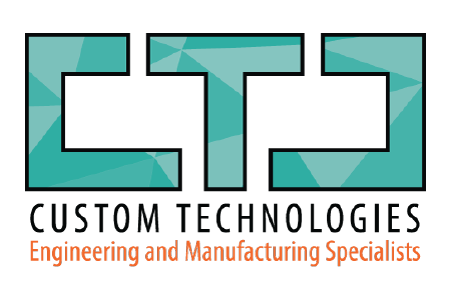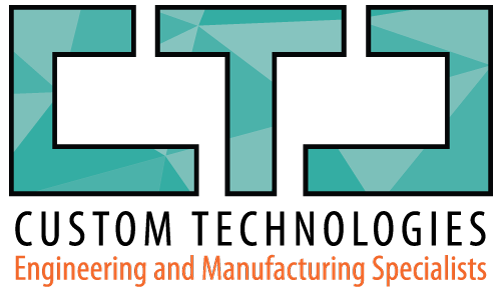As an entrepreneur who is launching and making products, you’ve likely heard of the Minimum Viable Product (MVP) approach. What you may not be aware of is that the MVP approach is not the most valuable player when it comes to bringing a product to market. Our experts in engineering and manufacturing know what’s best for a multitude of client types, from startups and investors to large, well-established companies. Here, you can learn about the dangers of the Minimum Viable Product approach and a better alternative.
What Is a Minimum Viable Product?
A Minimum Viable Product (MVP) is an early version of product development. In fact, it has the least amount of features possible. This way, developers and businesses can determine if the product idea is suitable for the target market. Early users provide feedback to give direction for future product development. All in all, the MVP is a format of gathering customer feedback before the product is optimized. While this is beneficial for some, this method also has its drawbacks.
The Risk of Copycats Brands
One of the earliest examples of copycat products is the chocolate sandwich cookie with a creamy vanilla center. Even though Hydrox was the original, it was the copycat Oreo that stole the market. The name Hydrox, a combination of “hydrogen” and “oxygen,” was no match for Oreo, the “re” from “cream” sandwiched between two o’s. Just as history is packed with copycat brands that overtook the original, competitors can steal your idea, play on its weaknesses, and quickly launch rival products.
Releasing a Poor Quality Product
While the goal is to create a product with the most basic elements, corners should not be cut. This is especially true when it comes to user experience. If a person has difficulties in using the product, this will negatively affect the product’s success. This can make the product look unattractive and hurt your reputation. Plus, if they share negative reviews with others, they could be persuaded to never try your product.
Relying Too Heavily on Customer Feedback
Sometimes, for innovation to work, you can’t always rely on what the customer says because they don’t always know what’s possible. This can be summed up by the famous quote by Henry Ford, “If I’d asked customers what they wanted, they would have told me, ‘A faster horse!’” Without the invention of automobiles, we may still be using a horse and buggy. Instead of expecting customers to tell you what to do, focus on the problem they want you to solve.
Having Small and Frequent Product Releases
A Minimum Viable Product approach means having frequent product releases that address a small number of product requirements. Unless you have good feedback from people who understand your vision and can see past the current limitations of the product’s functionality, you won’t make meaningful progress. Another downside is revisiting the product’s functionality based on ongoing customer feedback.
How Custom Technologies Is Different
At Custom Technologies, we don’t focus on getting you just a Minimum Viable Product. We think about the entire picture with our Minimum Viable Launch™ (MVL) approach. This approach goes beyond the MVP by making sure manufacturing is scalable, the online retail store is functional, shipping procedures are outlined, products are tracked and serialized, the supply chain is established, and the product is marketed/advertised. We streamline the transition between development stages and eliminate hand-offs throughout the process, saving you time and money. To learn more or get started, contact us or visit customtechnologies.com today!


